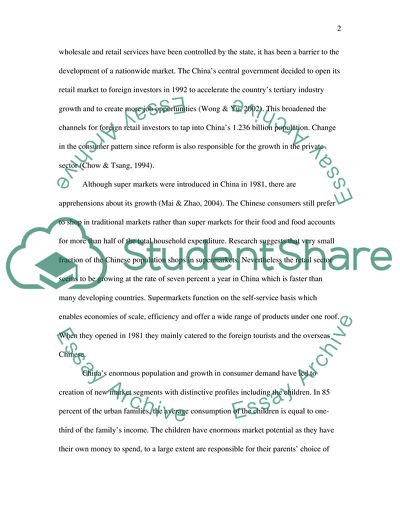Cite this document
(Tesco: Market Environment and Resource Capability Analysis Essay, n.d.)
Tesco: Market Environment and Resource Capability Analysis Essay. https://studentshare.org/marketing/1711187-tesco-plc-strategic-review
Tesco: Market Environment and Resource Capability Analysis Essay. https://studentshare.org/marketing/1711187-tesco-plc-strategic-review
(Tesco: Market Environment and Resource Capability Analysis Essay)
Tesco: Market Environment and Resource Capability Analysis Essay. https://studentshare.org/marketing/1711187-tesco-plc-strategic-review.
Tesco: Market Environment and Resource Capability Analysis Essay. https://studentshare.org/marketing/1711187-tesco-plc-strategic-review.
“Tesco: Market Environment and Resource Capability Analysis Essay”. https://studentshare.org/marketing/1711187-tesco-plc-strategic-review.


